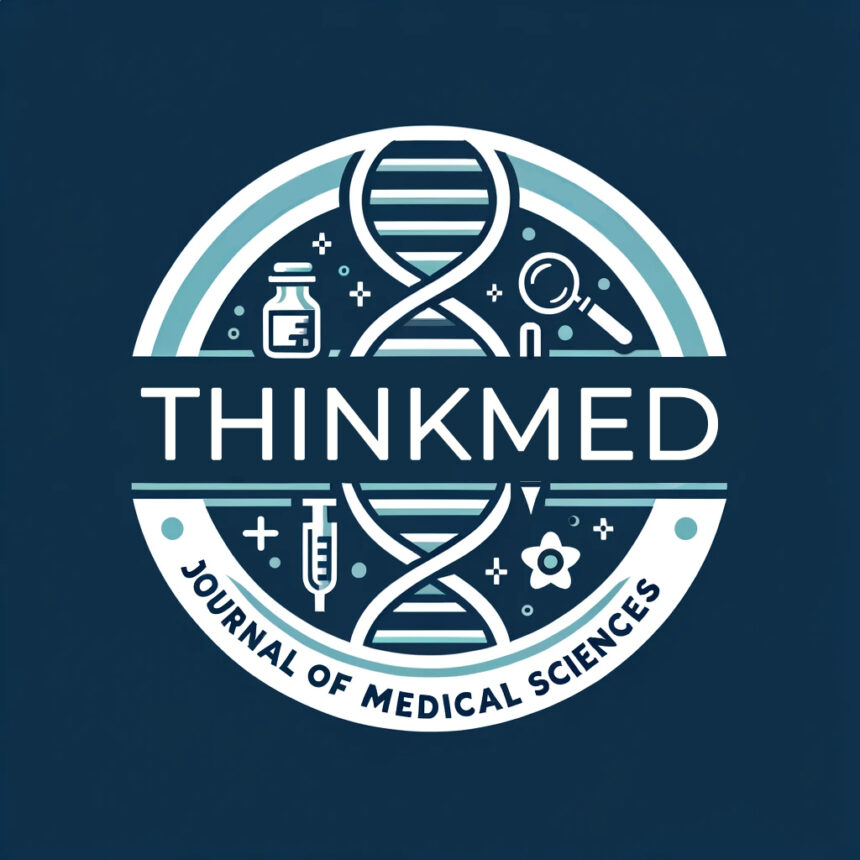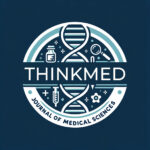Author: DR ALIYA KHAN

Dental caries, commonly referred to as tooth decay or cavities, is a prevalent oral health issue affecting individuals across the lifespan. It results from a complex interplay of factors, primarily involving the demineralization of tooth structure due to the action of acid-producing bacteria within dental plaque. These microorganisms, predominantly Streptococcus mutans and Lactobacilli species, ferment dietary carbohydrates, leading to the production of acids that erode tooth enamel. Dental caries manifest as localized, irreversible lesions that progress if left untreated, eventually causing discomfort, pain, and functional impairment. This comprehensive overview aims to provide MBBS doctors with a fundamental understanding of dental caries, encompassing its etiology, pathogenesis, clinical presentation, diagnostic methods, preventive strategies, and treatment modalities.
The development of dental caries begins with the establishment of a biofilm, commonly known as dental plaque, on tooth surfaces. This biofilm acts as a reservoir for acid-producing bacteria, which metabolize sugars from the diet to produce organic acids, primarily lactic and acetic acid. These acids, when exposed to the tooth enamel, initiate the demineralization process, leading to the breakdown of hydroxyapatite crystals and the subsequent formation of a carious lesion. Factors contributing to caries susceptibility include poor oral hygiene, frequent sugar consumption, diminished salivary flow, reduced fluoride exposure, and the presence of deep pits and fissures on tooth surfaces.
The clinical presentation of dental caries varies depending on the stage of progression. Initially, non-cavitated lesions may manifest as white or brown spots on tooth surfaces, indicating enamel demineralization. As the lesion progresses, cavitated caries may form, characterized by localized pits or holes on tooth surfaces. At this stage, patients may experience sensitivity to temperature and sweet foods. Left untreated, dental caries can advance into the dentin, leading to more significant discomfort and the potential for bacterial invasion of the pulp, resulting in pulpitis and periapical infections.
Diagnosis of dental caries involves a comprehensive dental examination, which includes visual inspection, tactile assessment with dental instruments, and radiographic evaluation. Dental radiographs, such as bitewing and periapical X-rays, aid in detecting carious lesions that may not be apparent through visual examination alone. The use of DIAGNOdent laser fluorescence technology has also gained prominence as a non-invasive method for early caries detection.
Preventive strategies play a pivotal role in managing dental caries. Promoting good oral hygiene practices, including regular tooth brushing with fluoride toothpaste and flossing, is essential for plaque control and prevention. Dietary modification, reducing the consumption of sugary and acidic foods, and encouraging fluoridated water intake are crucial in caries prevention. Additionally, professionally applied fluoride treatments and dental sealants for occlusal surfaces of molars are effective preventive measures.
Treatment modalities for dental caries depend on the severity and extent of the lesions. Non-cavitated lesions may be managed through remineralization techniques, including fluoride application and the use of calcium and phosphate-containing products. In cases of cavitated caries, restorative interventions, such as dental fillings or crowns, are necessary to restore tooth function and aesthetics. Advanced cases, involving pulp involvement, require endodontic therapy (root canal treatment) or extraction.
In conclusion, dental caries is a prevalent oral health concern characterized by the demineralization of tooth structure due to acid-producing bacteria in dental plaque. MBBS doctors should have a foundational understanding of its etiology, pathogenesis, clinical presentation, diagnostic methods, preventive strategies, and treatment options. Emphasizing prevention through patient education and promoting good oral hygiene practices remains pivotal in combating this common dental ailment.



